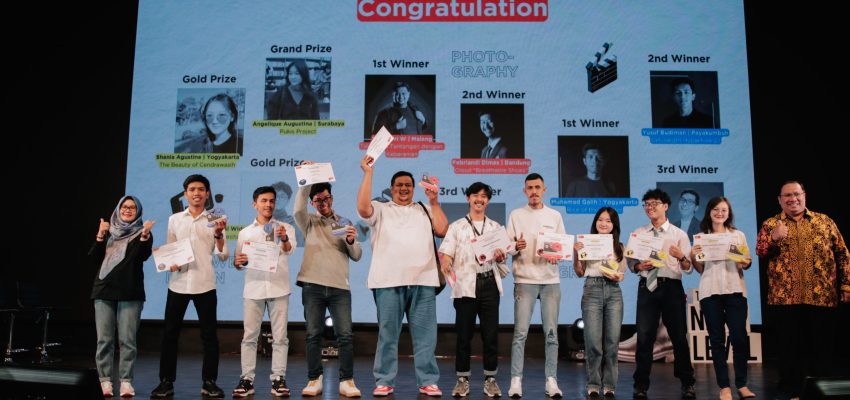Saat ini fenomena inovasi pelayanan publik menjadi perhatian penting dalam upaya reformasi birokrasi. Kebutuhan reformasi…
Public Service Organization Article Series #1
Diffusion of Innovation: History and Definition
The adoption of innovations has attracted the attention of many researchers. A number of innovation studies have focused on adopting innovations that are carried out in developed countries and in developing countries. According to Ahmer Z. (2013), various models for dealing with innovation adoption have been derived from four theories: innovation diffusion theory introduced by Rogers Feishbein’s theory reasoned action and Theory of planned behavior. The theory above focuses not only on the individual level but also on the organizational level.
Based on the classical innovation diffusion theory written by Rogers in his book Diffusion of Innovation (2003), the decision-making process must be based on knowledge about the innovation itself. Second, make careful and persuasive observations and third, through the stages of planning and implementation (Rogers, 2003). At the knowledge stage, consumers are exposed to innovation and understand how its function can add value to the organization's products and services. In the persuasive observation stage, consumers form attitudes towards the innovations that have been produced, both favorable and unfavorable.
The stage of persuasive observation in the diffusion innovation model is crucial in forming a positive attitude towards innovation adoption. Roger's theory includes benefits, barriers, and other factors, which influence adoption. Roger relates adoption decisions to the following innovation-related attributes; relative advantage, complexity, compatibility, testability, observation ability.
From the concept of diffusion of innovation above, several important things can be concluded, namely the process of diffusion within the organization at least includes three things, namely: 1. Knowledge of the creation itself. 2. The ability to make in-depth persuasive observations. 3. The ability to add value on adding to the organization's products and services. These three things must be planned well for an organization because the decision to innovate depends on the attributes of relative advantage, complexity, compatibility, trial and error ability, and observation ability.
In his research, Everett M. Rogers in the 1950s, researched a lot about modern agricultural techniques in America as the demands of the increasing demand for modern agrarian products. Traditional farming techniques are starting to be abandoned to switch to new technologies that are more effective and efficient. In his book Diffution of Innovation in 1953, Everett M. Rogers explored diffusion as a form or process of communication-related to novelty. According to Rosyiana (2019) in Rogers (1961) diffusion is related to "which is the spread of a new idea from its source of invention or creation to its ultimate users or adopters."Next came several figures who wrote about innovation, including F. Floyd Shoemaker and Rogers with their book entitled Coomunication of Innovation: A Cross Cultural Approach (1971) to Lawrence A. Brown with the book title Innovation Diffusion : A New Perspektive (1981).
Still related to the history of innovation, the theory of diffusion of innovation has begun to develop rapidly and has strong relevance in the innovation decision-making process of an organization (Rosyiana, 2019). In his research, Rogers (1995) developed a theory of diffusion of innovation that describes what variables affect the level of innovation adoption, including; perceived attribute of innovation, type of innovation decission, cummunication channel, nature of social system and change agents.




This Post Has 0 Comments